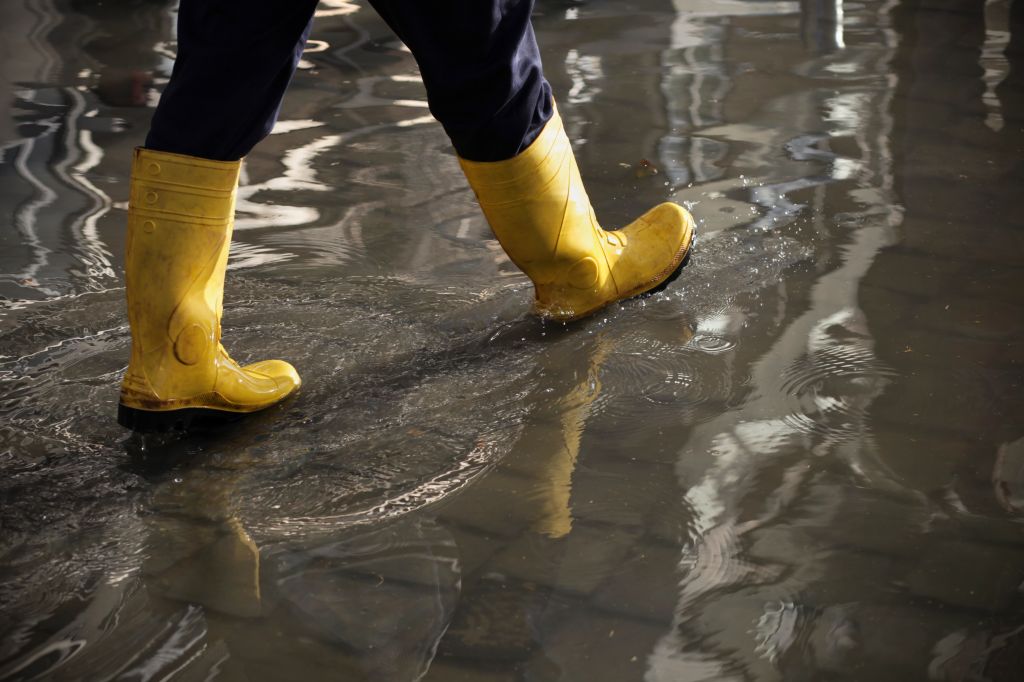If you’re early in your research on the different types of life insurance, getting a grasp on the basic concepts of participating whole life insurance is a good place to start. From premiums to the dividend scale interest rate, here’s a primer on policy basics, components, and how growth potential is calculated.
Key takeaways
-
Participating whole life insurance policies pool your premiums, along with those from other policyholders, into a participating account professionally managed by the investment team with an insurance provider.
-
A number of factors determine if the participating account experiences gains or losses, including operating costs, taxes, how well the investment portion of the fund performs, and more.
-
Dividends may be paid out on a policy’s anniversary, but aren’t guaranteed.
-
The dividend scale is the formula your insurance provider uses to calculate your yearly dividend payments unique to your policy.
-
The dividend scale interest rate is the interest rate used by your insurance provider to calculate the investment component of the dividend. It is not the growth rate applied to your policy.
How do dividends work with participating whole life insurance?
Any growth from a participating whole life insurance policy comes in the form of dividends, which are calculated using a formula known as the dividend scale. Before we get into how dividends work, here’s what you need to know about how the policy functions.
Participating whole life insurance pools money from policyholders (that’s potentially you) into a participating account. Those funds are professionally managed by an investment team at the insurance company with the goal of growing the investment, so the dividends can be paid out. You can use the dividends you earn in several different ways, including:
-
Toward the payment of your premiums
-
To purchase more life insurance
-
Having them paid out directly to you each year (you may be taxed on any cash you take out from your policy)
-
Having them held on deposit earning interest (you may be taxed on any cash you take out from your policy)
Dividends are paid out annually on your policy’s anniversary date, and they’re shared fairly and equitably with all policyholders using a formula called the “dividend scale.”
What makes up the participating account?
There are several factors that contribute to whether a participating account will experience a surplus of funds. They can include the following.
-
Investment returns: How well the invested funds perform
-
Expenses: What it costs to manage the account
-
Mortality (or death rate): The amount of claims that were made that year
-
Other factors: Including, but not limited to, the number of policyholders who cancelled their policy, surrendered coverage, or took out loans against their policy, and taxes
If the participating account performs differently than expected, and excess earnings or profits are generated, they’re kept within the account and eventually distributed fairly to policyholders through a change in the dividend scale. The opposite could also be true, and the account may experience unexpected losses that get passed back to policyholders. To help balance the gains against the losses, insurance companies use something called the “smoothing technique” to help reduce volatility over time, but more on that later.
What is a dividend scale?
A dividend scale is the formula or method your insurance company uses to calculate annual dividend payouts. It’s reviewed each year by the insurance company and takes into consideration factors such as the death rate among the policyholders, the expenses required to manage the account, and the fund’s investment performance.
Not all dividend payouts are the same. The calculation used to determine payouts is unique to each policyholder, based on things such as age, policy size and type, premiums paid to date, and premium payment options. Dividends are paid out fairly and equitably, based on those factors.
It’s also important to note that dividends are not guaranteed by your policy, and the amount of dividends that are paid out will change annually. But once paid out, those dividends belong to the policyholder and cannot be taken back by the insurance company.
What is a dividend scale interest rate?
The dividend scale interest rate (or DSIR) is a large part of the formula that contributes to the amount of dividends paid out to policyholders. The DSIR is applied when calculating the investment component of the dividend scale, but it’s not the growth rate applied to your policy. It can be potentially higher, or lower, than the investment returns on the participating account.
Factors beyond investment returns, including the participating account’s earnings and future expected returns, are also considered.
How often does the DSIR change?
Each year, insurance companies will approve maintaining or updating the dividend scale and the dividend scale interest rate. The dividend scale interest rate can go up or down, according to market factors such as inflation and fluctuating interest rates. Other parts of the dividend scale may also fluctuate, based on changes in the insurance company’s experiences, or other factors such as inflation.
Policyholders are directed by the insurance company, usually in their anniversary statement, on where to learn about policyholder disclosures.
What is the smoothing technique applied to the dividend scale?
Despite potential changes in the dividend scale, participating whole life insurance policies may offer consistent returns year over year (though, it’s important to note that dividends are not guaranteed). That’s because a smoothing technique is applied to help minimize the short-term impact of market fluctuations. It’s when changes in the investment gains or losses that are passed back to policyholders are spread over several years. This helps to manage investment risk and minimizes the effect of market volatility for policyholders.
Should I choose a life insurance company based on its DSIR?
Because the DSIR is only one component, choosing a policy based primarily on this factor won’t provide you with a complete picture of the ways in which your life insurance policy will serve your needs. The DSIR is important, but it’s only a single component among many used to determine your dividends.
Talk with your insurance advisor before deciding on a policy, so you know you’re making the right choice for you and your family. Be sure to ask your advisor about an insurance company’s:
-
Investment strategy and plan for stable, long-term growth
-
Experience and diverse areas of expertise in managing the participating account
-
Long-term commitment to the participating account as the DSIR changes over time
Interested in learning more about participating whole life insurance and if it’s right for you? Contact your insurance advisor to understand how life insurance can offer you future growth and protection.
*Home and auto insurance products are distributed by RBC Insurance Agency Ltd. and underwritten by Aviva General Insurance Company. In Quebec, RBC Insurance Agency Ltd. Is registered as a damage insurance agency. As a result of government-run auto insurance plans, auto insurance is not available through RBC Insurance in Manitoba, Saskatchewan and British Columbia.
This article is intended as general information only and is not to be relied upon as constituting legal, financial or other professional advice. A professional advisor should be consulted regarding your specific situation. Information presented is believed to be factual and up-to-date but we do not guarantee its accuracy and it should not be regarded as a complete analysis of the subjects discussed. All expressions of opinion reflect the judgment of the authors as of the date of publication and are subject to change. No endorsement of any third parties or their advice, opinions, information, products or services is expressly given or implied by Royal Bank of Canada or any of its affiliates.







